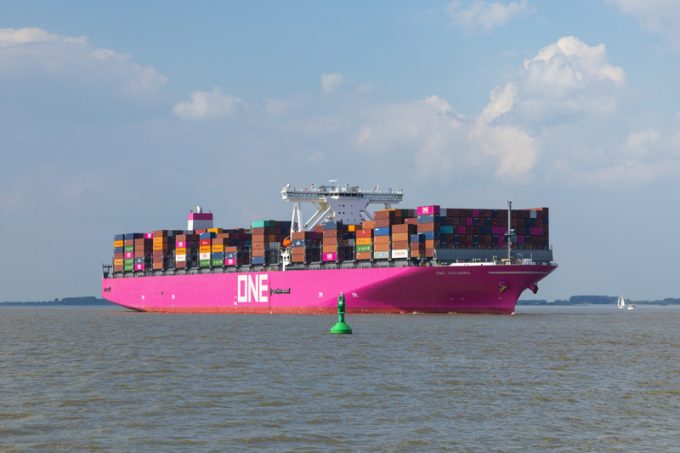Growth may be just around the corner – if carriers can hold their nerve
There is welcome news for Asia-North Europe carriers, with signs of improving demand on the ...

Topsy-turvy markets over the past three years have seen freight rates see-saw wildly, caused by supply chain congestion, and that had the effect of raising charter rates and extending charter periods.
Base charter rate levels have remained higher than the pre-pandemic period, even as some charterers have re-negotiated deals, as extended time charters persist, maintaining the low number of available ships.
More recently the whiplash-inducing falls in containership markets over the latter part of 2022 have settled over the course of the ...
Volcanic disruption at Anchorage could hit transpacific airfreight operations
Macron calls for ‘suspension’ – CMA CGM's $20bn US investment in doubt
De minimis exemption on shipments from China to the US will end in May
Forwarders stay cool as US 'liberation day' tariffs threaten 'global trade war'
Shippers snap up airfreight capacity to US ahead of tariff deadline
Looming Trump tariffs will create 'a bureaucratic monster' for Customs
Mixed response in US to 'Liberation Day', while China leads wave of retaliation

Comment on this article